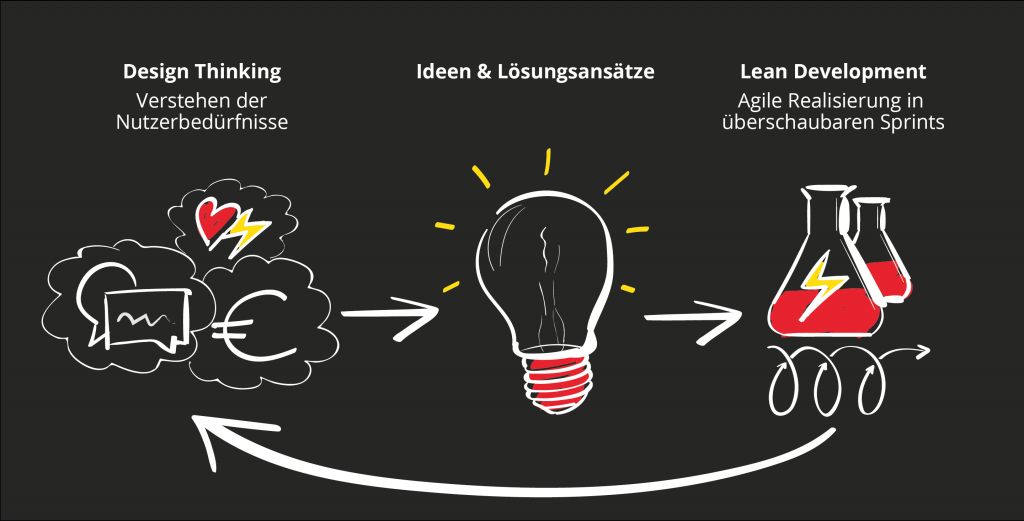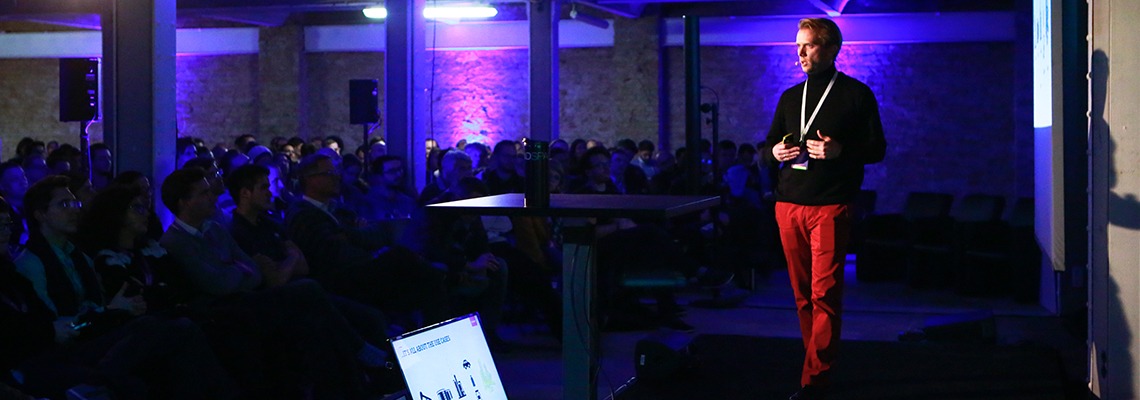Digital transformation: Good ideas implemented badly or bad ideas implemented well?
05. January 2017
Almost all companies are occupied with the issue of digital transformation. New studies appear almost daily that aim to demonstrate the importance CEOs and managers from all sectors attach to digital transformation. So far, so good. The solution appears to be attractively simple to some business leaders. You just set up a working group, launch some digital projects under the auspices of the IT department and off you go. However, numerous companies have found out more or less painfully that things aren’t as simple as that.
External experts acting as instant idea providers?
At initial discussions with high-level managers, I am repeatedly asked whether I could provide specific digitization ideas for their company. We are, after all, the experts and if we were to seriously confront the issues faced by their company, then oughtn’t we to know what should be done?
Of course, we could do that – hold a brainstorming session and off we go. But how can we know whether a solution developed in line with this principle would ultimately be used by the target group? And, if they didn’t use it, why didn’t they? Maybe because the idea was badly implemented? Or because it was actually not that great and met hardly any of the customer’s needs?
In that case, we’ll do it differently, is some people’s view. We’ll ask the sales team what the customers would need. After all, the sales people know their customers best and are in regular contact with them. Or, another alternative that is particularly popular with larger companies: We’ll commission a consulting firm to compile a strategy paper on digitization, substantiated by figures from relevant studies and complicated calculation models in Excel.
You can do all this. But then it simply…
So what should you do to avoid falling into the above-mentioned traps?
Lesson one is to start with the desired interest group. Customer-centric innovation methods are built on understanding the way of life of the people concerned. Focusing on people is a key factor in design thinking/human centered design. An important first step is to understand where the real pinch points are, because then we know what problem we need to solve.
But there is much more to it than that. “It’s not about having ideas – it’s about making ideas happen,” to quote a well-known saying. Starting from the findings from the design thinking phase, anyone who sits down and writes a specification and then, twelve months later, wants to launch the product they have developed onto the market, often gets a rude awakening. Instead of being a resounding success, it may only have a few users – who, in the worst case scenario, are not even prepared to pay for it.
After the ideation phase, it is therefore important to validate and verify the assumptions (problem and solution) early on and regularly. That applies to the business model just as much as to the solution. It’s better to know early on that it won’t come to anything than to spend lots of time and money creating the product and launching it with expensive sales and marketing campaigns.
Lean startup is a suitable approach to begin the practical implementation in a streamlined way after the brainstorming. This approach aims to bring a product to market as quickly as possible when it is not yet 100% perfect in order to learn from the feedback and observations of the first external users. And to further develop or redesign the product on the basis of these learnings. Eric Ries, who developed the lean startup principle, broke the methods down into three core activities: Build, Measure, and Learn. These three activities are repeatedly carried out at frequent intervals so you always know whether the solution is meeting its aim in practice.
There is a reason why the combination of design thinking and lean startup is one of the winning formulas used by the biggest players in Silicon Valley. What is very important for us Europeans in this context is that these methods have nothing to do with “think big” or the American appetite for risk, which appear to have taken off in our cultural circles – they are thoroughly pragmatic!
To find out more, please contact us. The 200-strong team of digital experts and entrepreneurs at etventure is here to help you.






* Required field